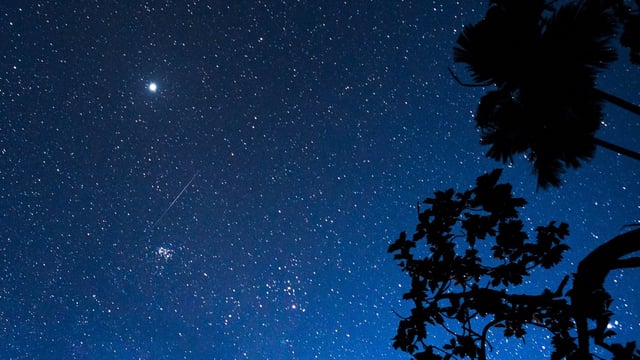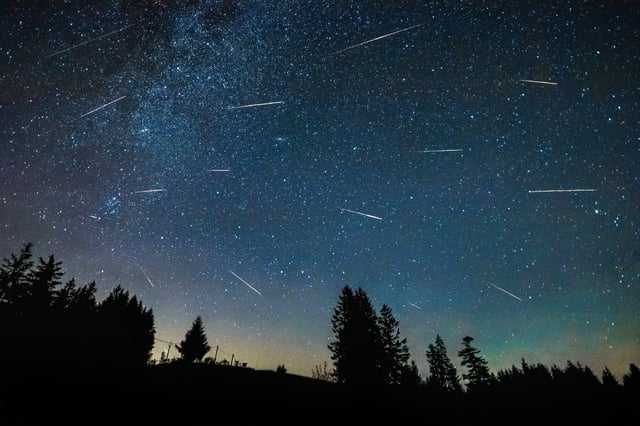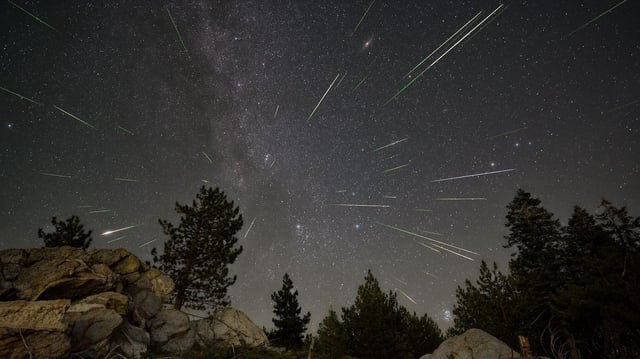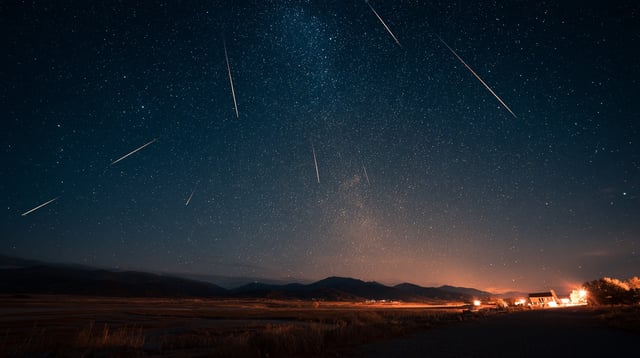Overview
- The shower reaches its maximum activity on the night of August 12–13, but an 84–86% waning gibbous Moon is expected to limit visible rates to about 10–20 meteors per hour.
- There are two prime viewing windows: earthgrazing meteors just after dusk until moonrise and the classic pre-dawn surge around 2–4 a.m. local time.
- Observers should seek dark, open sites far from artificial lights, allow 20–30 minutes for eye adaptation and keep the Moon behind them.
- Bright fireballs and occasional long-lasting earthgrazers remain the best highlights this year, as fainter meteors will be washed out by lunar glare.
- The Perseids continue through late August with darker skies and lower moonlight, and livestream feeds offer an alternative for those unable to reach dark-sky locations.



